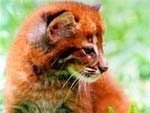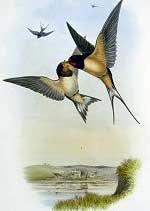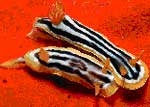In the animal kingdom, vision often serves as the first line of defense against predators, as well as a crucial sense for capturing prey. As a result, many species have developed complex visual systems to help them survive in specific habitats.
To thrive in some of the darkest places on Earth or to navigate the skies, creatures have evolved in unique and astonishing ways to perceive the world around them.
Reflective Eyes
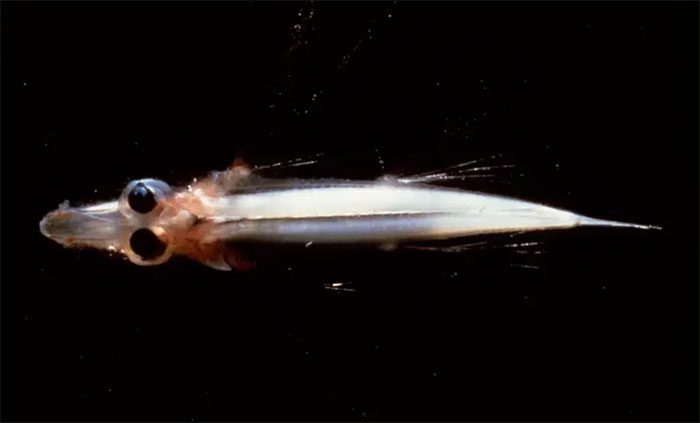
The spookfish possesses a unique reflective mechanism similar to a lens (Photo: Getty).
Spookfish live deep at the ocean floor, where sunlight rarely reaches.
Therefore, this species must utilize a mirror and lens-like structure to see everything around them. It is the only known vertebrate with this characteristic.
In their eyes, the lens-like mirrors are made of guanine crystals, which can focus to amplify the light emitted by plankton and other bioluminescent sea creatures.
Even stranger, the eyes of this fish are divided into two sections connected to each other, with one part facing upward and the other facing downward.
This allows them to track prey with a wider angle and easily spot lurking predators.
Super Vision
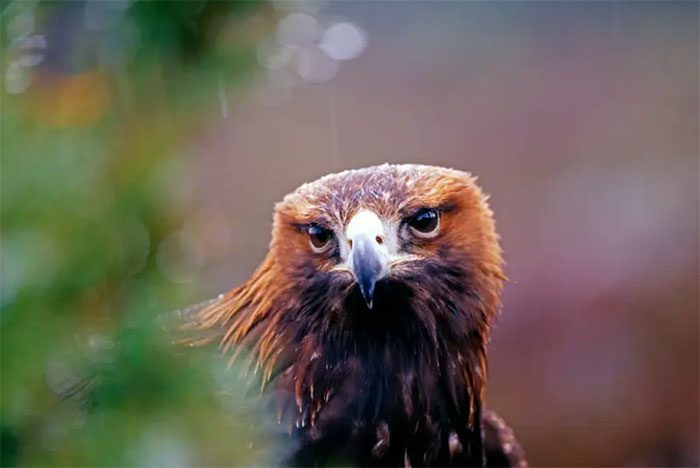
Birds of prey have exceptional vision that allows them to detect prey while soaring thousands of meters above the ground. (Photo: Getty).
In North America, Europe, and some regions of Asia, golden eagles soar high in the sky with a wingspan of 2.1 meters. However, they can easily spot prey from several kilometers away.
To achieve this, they possess an extremely high density of retinal cells known as rods and cones.
Rods are responsible for capturing the overall shape of an object, while cones detect color and detail.
According to studies, the density of rod and cone cells in birds of prey is at least five times higher than in human eyes.
The species with the best vision among birds is the hawk. They can accurately see a field mouse or a rabbit running on the ground from heights of 2 to 3 kilometers.
The Largest Eyes

The eyes of a giant squid at the Te Papa Museum in New Zealand. (Photo: Getty).
Holding the title for the largest eyes in the animal kingdom is the giant squid. The largest individuals of this species can reach lengths of 12 meters, and their eyes can have a diameter of up to 25 cm.
This species uses its large eyes to capture as much light as possible from the dark world of the deep sea to hunt fish and shrimp.
Their vision also allows them to detect a sperm whale moving from a distance of 122 meters.
This is one of the main predators of the giant squid, often found in deep ocean regions with little to no sunlight.
Ultraviolet Detection
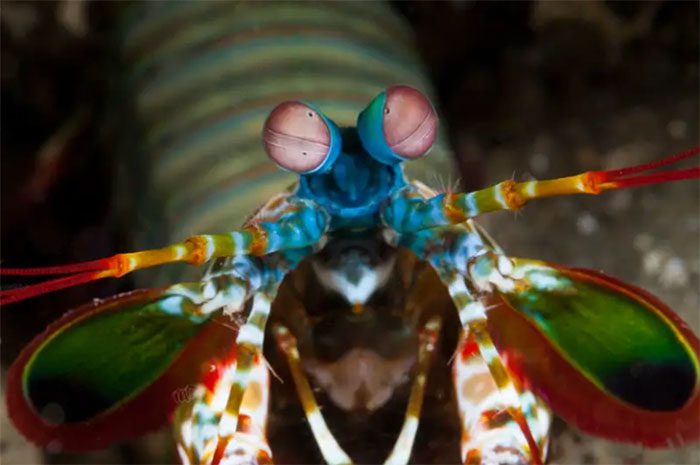
Mantis shrimp in Indonesia. (Photo: Getty).
Mantis shrimp are known for their extraordinary strength and agile claws, capable of breaking snail shells with a single strike.
They also boast a unique visual system, with eyes that can process 12 color channels, along with the ability to detect ultraviolet (UV) light and polarized light, where the waves vibrate in the same direction.
In comparison, humans can only process 3 color channels, which are blue, green, and red. Additionally, human eyes cannot see polarized light or ultraviolet light at all.
Color-Changing Eyes

A reindeer grazing on the tundra in Svalbard. (Photo: Getty).
Reindeer (tapetum lucidum) are one of the rare vertebrate species that change eye color with the seasons.
Specifically, their eyes transition from yellow in the summer to blue in the winter. This change compensates for the significant variation in sunlight in the Arctic.
The blue eyes enhance their ability to detect shorter light wavelengths, unlike most hoofed animals during winter when they have only a few brief hours each day to detect sunlight.
Conversely, in the summer, their eyes no longer need to absorb as much light in a short time and revert back to yellow.








































